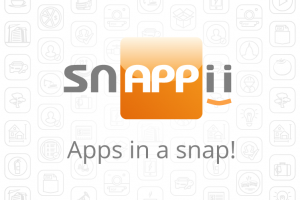 The term “app constellation” was coined by investor Fred Wilson. As he described on his blog: “Putting a ton of functionality into a single app is not the right way to do it on mobile. Having a constellation of mobile apps that all work tightly with each other seems to be the better way. And the leading mobile app companies are all headed in that direction now. Pay attention to this trend.”
The term “app constellation” was coined by investor Fred Wilson. As he described on his blog: “Putting a ton of functionality into a single app is not the right way to do it on mobile. Having a constellation of mobile apps that all work tightly with each other seems to be the better way. And the leading mobile app companies are all headed in that direction now. Pay attention to this trend.”
Google, Dropbox, Facebook, and Foursquare have been the main drivers of app constellations. Actually needing an app constellation is a good problem to have. An app constellation is a sign of health to investors and users. Here are some practices for this growing trend.
Have a grace or transition period. Before you require your users to download the new app, ensure they understand what it is and how the new app is going to better serve their needs. You can work out any kinks in the new app.
Identity and its login credentials can be used automatically. It will speed adoption of the new app, since an entire new profile will not need to be created. This approach also helps the user get the most benefit from the app constellation.
There should still be a way to allow someone to use a different account—or possibly no account at all—should they choose to do so. App constellations that offer fairly different functions may drive users to not want to share the same profile.
Don’t force people to use the other app. But actually the takeaway here is twofold. First, expect to lose a segment of users if you’re forcing them to download a new app to access a pre-existing feature. Secondly, cross promote your app constellation as tastefully as possible. The choice is yours. For example, Dropbox highlights Carousel under the “Photos” tab in its flagship app but doesn’t push it everywhere else.

 Login
Login

